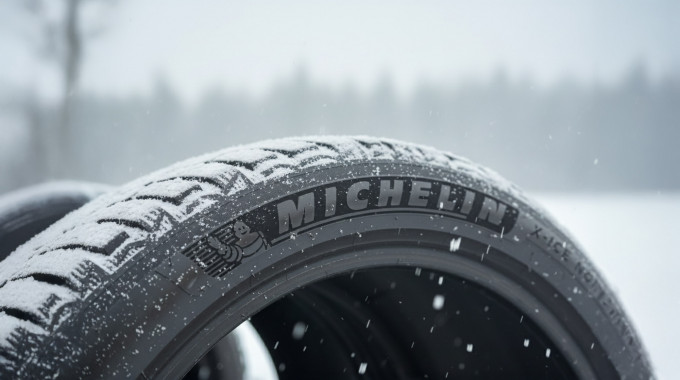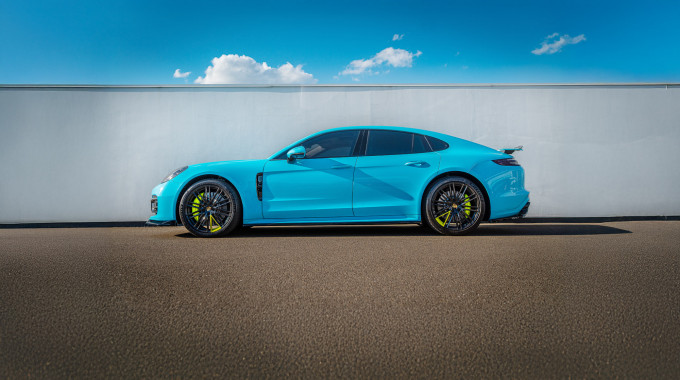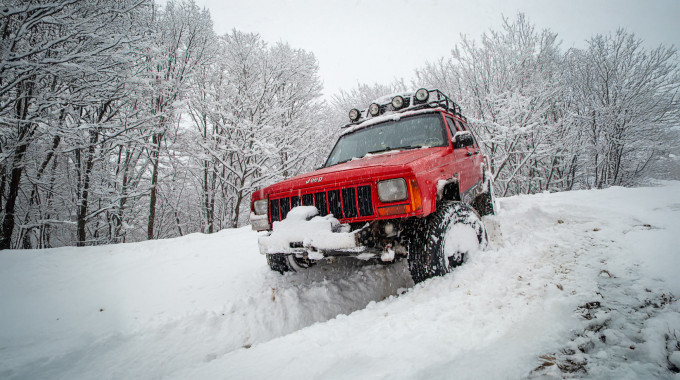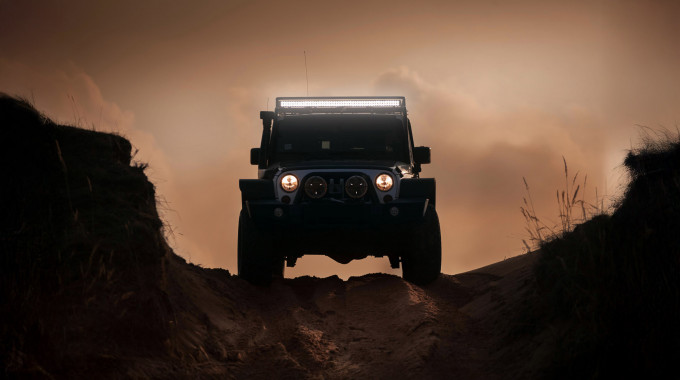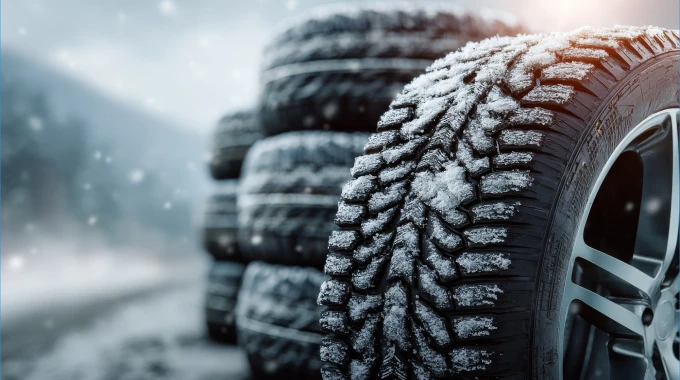
AWD vs. 4WD: Know the Difference Before You Buy
All-wheel-drive or four-wheel-drive – is there a difference? There is, and it can affect how your vehicle handles slippery surfaces. With some systems, there may even be limits to where you can use it.
To add to the confusion, some automakers may use the terms all-wheel-drive (AWD) and four-wheel-drive (4WD or 4x4) interchangeably, even though they’re not really the same thing. And despite those names, it doesn’t necessarily mean all four wheels are getting power all the time. When you’re shopping for a vehicle, be sure you know what you’re getting.
What is the difference between AWD and 4WD?
Vehicles that don’t have AWD or 4WD only send power to one set of wheels. If it’s the front ones, it’s called front-wheel-drive (FWD), most common on cars and most SUVs. If it’s the back ones, it’s rear-wheel-drive (RWD), used mostly on trucks and some performance cars.
Many models offer both choices – you can get some SUVs in either front-wheel or all-wheel, for example, with AWD either an extra-charge option, or included on higher trims. Canadians tend to prefer AWD, and so some SUVs now come in only all-wheel in our market. Most 4WD systems are available on vehicles that are primarily rear-wheel-drive.
What is AWD and how does it work?

There are different ways AWD systems can work. Many send all their power to the front wheels in most driving conditions, and then send some power to the rear when they detect a loss of traction.
Subaru AWD, for example, is considered ‘full-time’
That power transfer happens very quickly, but some vehicles always engage a small amount of power to the rear wheels, usually about 5 per cent, so they can react even faster when sending more to the rear as needed. Some vehicles, most notably those from Subaru, always send a substantial amount of power to all wheels, commonly known as “full-time” AWD.
The amount of power available to the rear wheels depends on the vehicle. It’s described as a fraction – for example, 60/40 means that when needed, up to 40 per cent of the engine’s power can be transferred to the rear wheels.
Torque vectoring
Most AWD systems only divide power between the front and rear axles. However, some may have an additional power division, called torque vectoring. This further distributes power to the left or right wheel, depending on where traction is needed.
Some systems briefly apply the brakes to one wheel, which prioritizes the other one; while more sophisticated systems, usually found on performance cars, will send more torque to one wheel. On turns, putting more power to the outside rear wheel makes the vehicle handle better around the curve.
AWD Lock
Your AWD vehicle may have a button for “AWD Lock.” When activated, both the front and rear wheels turn at the same speed. It’s intended only for low-speed traction, such as getting out of a deep snow, and will automatically disengage once you go over a pre-set speed, usually about 35 to 40 km/h.
All-electric AWD vehicles
Gasoline-powered AWD vehicles use a mechanical driveshaft between the front and rear wheels to transfer engine power. Most AWD hybrid vehicles use a different approach: The engine and/or electric motor directly powers the front wheels, while a separate electric motor on the rear axle powers up when necessary to drive the rear ones. All-electric AWD vehicles work the same way, with separate electric motors for each set of wheels.
4WD explained

All-wheel improves traction on slippery roads, and most can handle light-duty off-road, such as a backroad to your cottage. But if you want to tackle heavier-duty trails, you’ll need 4WD. These vehicles usually have more ground clearance than AWD models as well.
4WD Lock vs Low, 2WD vs 4WD differences
As with all-wheel, there are different types of 4WD. The most common is “part-time” 4WD. In most conditions, the truck or SUV stays in two-wheel-drive (2WD), driving the rear wheels. When more traction is needed, the driver uses a dial, button, or lever to switch to one of the 4WD settings.
In 4High, the truck can be driven at higher speeds, while in 4Low, the wheels receive even more torque for very rough conditions, but the vehicle must be driven at lower speeds.
Both 4High and 4Low are meant only for loose surfaces, such as dirt or mud. That’s because in these settings, the front and rear wheels turn at the same speed. Steering the wheels will cause the tires to drag along. That’s okay on soft ground, but on pavement, it can bind and potentially damage the 4WD system.
4WD Auto and “permanent” 4WD
Because of this, some 4WD systems include a 4Auto setting. A centre differential in the system allows the wheels to turn at different speeds, and this setting can be used on any surface. Using the 4Auto setting provides extra traction on wet or slippery roads.
A few vehicles, including the high-performance Ram TRX pickup truck, have “permanent” 4WD, with no 2WD setting. The vehicle runs in 4Auto, but when needed for tougher off-road conditions, it can be put into 4High or 4Low. At the other end of the pickup truck scale, some smaller trucks, such as the Honda Ridgeline and Ford Maverick, have AWD systems similar to those used on SUVs, so they can be driven anywhere.
When you’re shopping for a vehicle, whether it’s AWD or 4WD, be sure you know what you’re getting. Understanding how the system works in the vehicle you’re considering is the first step in making the right choice to buy.
Here’s our other story summarizing the differences between FWD vs RWD.



